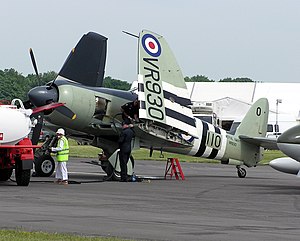The mood?
That's the boot of the Red Army of Workers and Peasants in the face of race science and national socialism forever.
That's a good thing with a terrible human cost, not all of it forced on Soviet Russia by the Fascists. In order to defeat Nazi Germany, the peoples of the Soviet Union paid a toll in blood for the follies of their own government as well. So did the men and women of the Red Army, and so did the pilots of the Red Air Force.
As anyone caught in the machinery of a human institution (which is pretty much all of us, I think) can tell you, it's easy to become a victim of a terrible self-reinforcing cycle of failure, with policy makers just looking at you and shrugging their shoulders to say, "Yes, it's terrible, and I feel for you, but whatcha gonna do?" The Royal Flying Corps ran into that in 1917, when its training cycle was delivering undertrained pilots to the front and matching them up with dangerous planes that killed them before they gained the experience needed to be good air fighters, much less instructors who could train the next generation of pilots. It's a bad, broken process that flows from bad human resources management far more than from mistakes of technological policy. But, well, it's the latter that we talk about here, so there you go: The Lavochkin-Gordunov LaGG-1, -3, LaG-5, La-5, La-7, and La-9.


